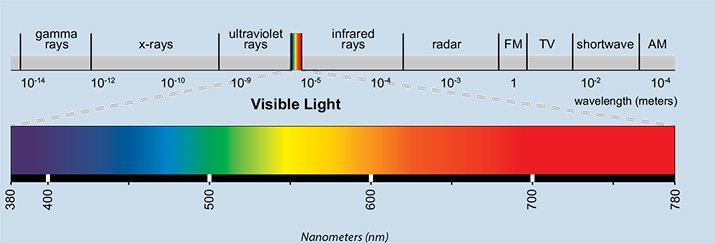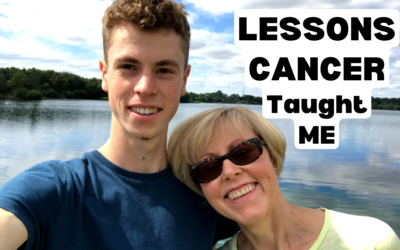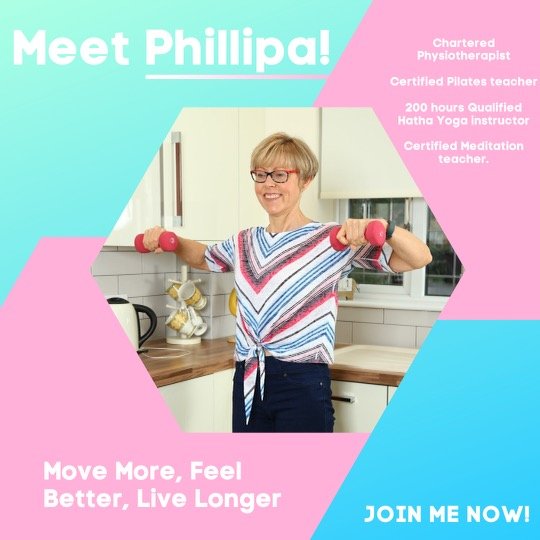Crack the code for sleep, health and wellness? I’m all ears!
I know only too well that the peri-menopausal decline of oestrogen contributes to disrupted sleep. Menopausal hot flushes and night sweats (vasomotor symptoms) contribute to night-time waking as do anxiety and a depressed mood. Anxiety can lead to difficulty getting to sleep and depression contributes to non-restorative sleep and early morning waking. Check out our chat (below) if you want to crack the code for better sleep, health and wellness.
Sleep is essential for health and our sleep/wake cycle and is managed by the circadian clock in the brain. This is where my expertise expires and so I hand it over to Dr. Joshua Rosenthal; a Board Certified Sleep Specialist. Dr Rosenthal is dedicated to holistic health and wellness and he translates some challenging biological science into accessible health interventions.
Watch our chat on YouTube
Listen on Spotify
Learn More about Sleep Medicine
Despite the myriad of sleep problems, there is only one test to investigate sleep disturbance. You would think this makes it relatively simple to discover what is going wrong. That every patient experiencing symptoms should have findings that you can help them with. Right? Wrong! It is often the case that test results are normal for people who have problems.
A test which provides a snapshot in time cannot communicate the complexities of our health concerns. So we need to look at results over time and interrogate the many variables to discover solutions.
Light controls sleep
Our internal body clock (or circadian rhythm) is controlled by a master clock in the brain. The body takes its cues from the environment and adjusts the internal clocks to synchronise with the world outside. Alice Gregory writes in Guardian.com that cues come from all around – including the time we eat or exercise – but none is as important as light exposure.
Light is energy and information and the light we are exposed to during the day controls our sleep. Melanopsin receptors in the eye connect to the clock in the brain and have an important role in setting the body clock. These receptors also exist in skin blood vessels and fat! There is actually a clock in every gene of the body because every cell in the body needs to know what time it is.
Artificial light
Artificial light devices such as screens give off significant amounts of blue light. Blue light colours are 400-500nm wavelength. Devices can have different light profiles but will predominantly emit one colour temperature, and generally represent four times the amount of blue light desired. Blue light messes with your body’s ability to generate sleep and actually wakes you up. Unfortunately, we are now being exposed to toxic amounts of blue light at all hours of the day and night.

Light and sleep hormones
The eye connects to the brain clock and the Hypothalamic Pituitary Adrenal axis HPA, which controls all hormones. Light talks to the pituitary gland, which talks to the adrenals and influences the production and balance of all hormones, including oestrogen, vitamin D and Melatonin.
Melatonin is the hormone responsible for sleep signalling, and it is made in the retina on exposure to natural light wavelengths, which occur at sunrise. The blue light wavelengths suppress the production of melatoni,n as does mobile phone EMF radiation. So melatonin is made in the sun,but the effects are activated at night for restful sleep.
Are you a night owl?
Repair involves sleep! All humans stress the circadian clock by living our modern lives, and so the clock breaks down. Teenagers stay out late with light exposure after dark, which alters these rhythms. The elderly may have a disorder which makes them get up in the night and they turn on the light to see the way. Night shift workers are also subject to nighttime light exposure. In these circumstances, circadian adaptations will occur when exposed to an artificial light environment after dark.
Blue light hazard!
Any light in the wavelength range of 4-500nm equates to a blue light hazard. This blue light isn’t just responsible for suppressing melatonin but can create reactive oxygen species or free radicals, which are responsible for raised levels of inflammation. Inflammation is the precursor for most diseases. Reducing blue light exposure can reduce inflammatory markers in the body.
Get back to nature for a good night’s sleep
During the day, the skin is our solar panel, and sensible sun exposure is crucial for good health. But there is no light after the sun goes down in nature! Consider light pollution after dark on a scale that begins with fire at the lowest level of toxicity, then candlelight, followed by incandescent light. All lights brighter than an incandescent light, such as fluorescent, LED and halogen lights, are emitting significant levels of harmful blue light. Sleep is medicine, and we should prioritise sleep for improved health and wellness.
5 Easy Steps to reduce exposure to blue light
Crack the code for sleep, health and wellness with these top tips:
- Wear blue light-blocking glasses when the sun isn’t out.
- Get sunlight exposure in the early mornings.
- Take sun breaks throughout the day.
- For computer screens and phones, adjust the colour temperature to have more red light; the more red light you have, the better.
- No blue light before dawn; get a red night light to have on if you are getting up in the night to visit the bathroom.
Read more about how chronic stress affects our sleep and our hormones
Try Yoga and Meditation for better sleep
When I was experiencing insomnia during perimenopause, I tried everything I could think of to get a good night’s sleep. As is often the case it was a combination of things that helped me; limiting blue light was one, but Yoga breathing, movement and meditation helped me immensely. I loved Yoga so much that I trained to be a teacher!
Try some gentle Yoga stretches in the evening
Try Hatha Yoga Online for FREEGot Questions?
Chat with PhillipaThanks to Dr J Rosenthal
After a decade of seeing patients’ health and sleep deteriorating without a good reason, he couldn’t sleep without understanding the root cause. Realising that the impact of the environment on body rhythms for health had been neglected, he decided to crack the code for better sleep health and wellness. He deepened his understanding of circadian biology, mitochondrial medicine, sound, light, photonics and the amazing properties of water.
The result is an in-depth understanding of how to build perfectly timed quantum coherence in the electromagnetic human body and cellular structure. It is the coalescence of circadian biology, epigenetics, quantum physics, nonlinear optics and magnetism, as they affect the biology and biochemistry that matter most.
Dr Rosenthal is available as a wellness or environmental consultant and performs concierge wellness services, uniquely versed in anti-ageing/regenerative medicine, circadian rhythms, heliotherapy, chronotherapy, photobiomodulation and electromagnetic assessments to allow a holistic wellness approach down to the quantum level. Find out more at http://quantumsleep.net/
Disclaimer: Any advice we provide in this podcast is for information only, and if you are unsure of its suitability for your specific circumstances, you should consult your medical practitioner before making any lifestyle changes.












